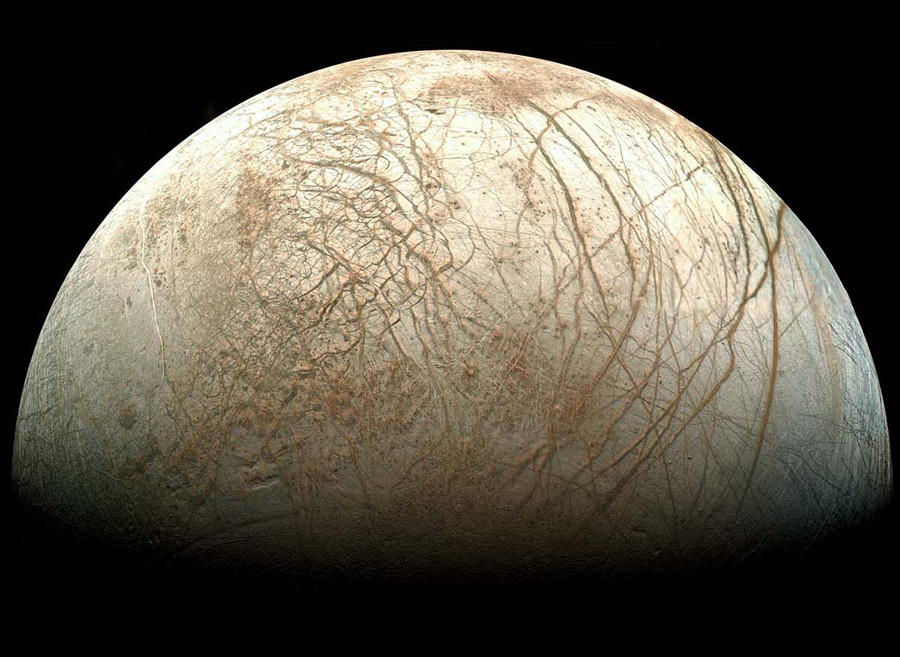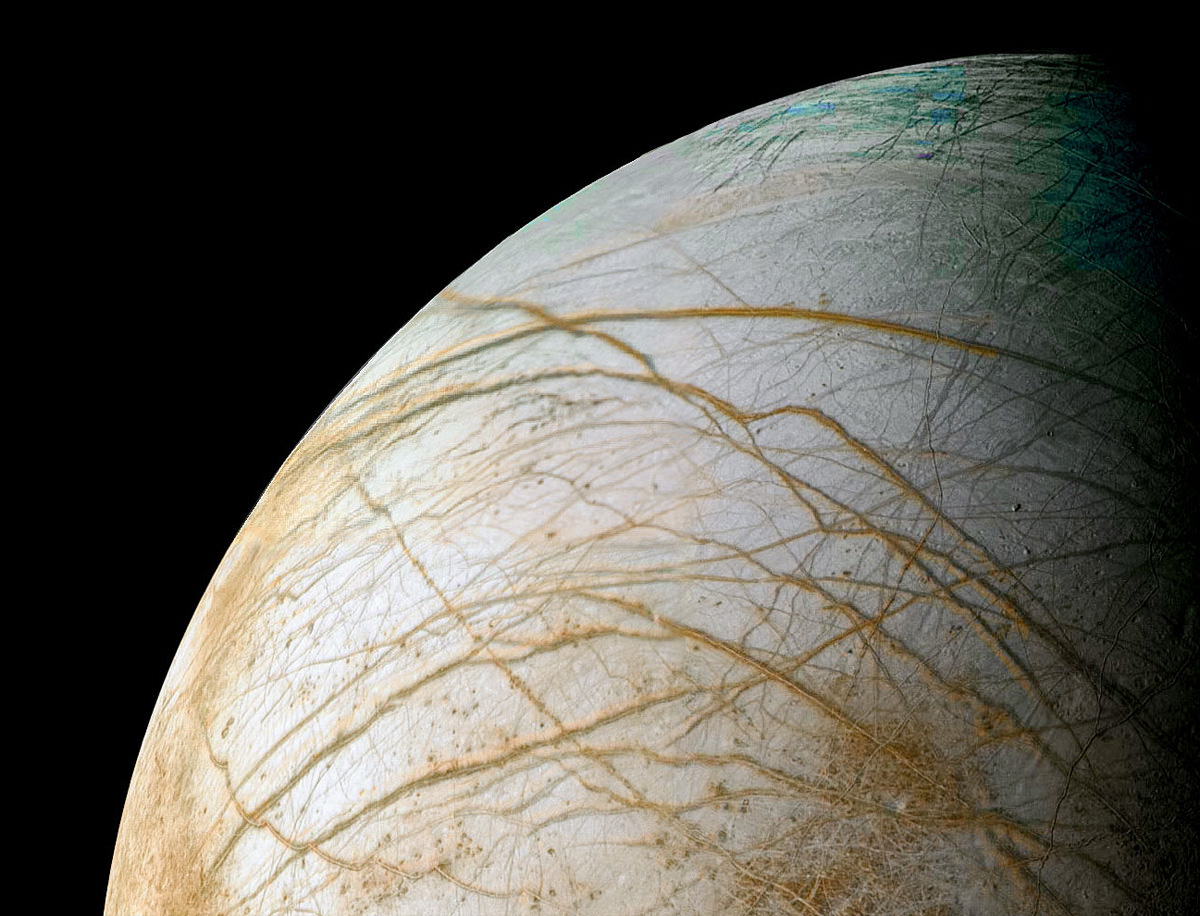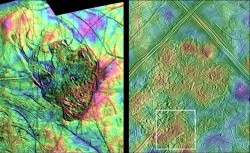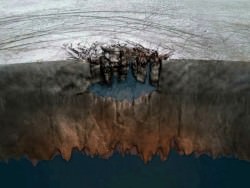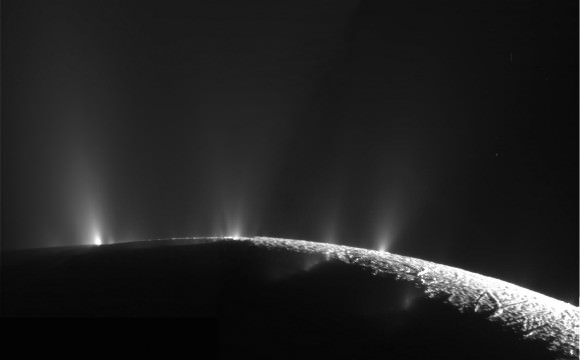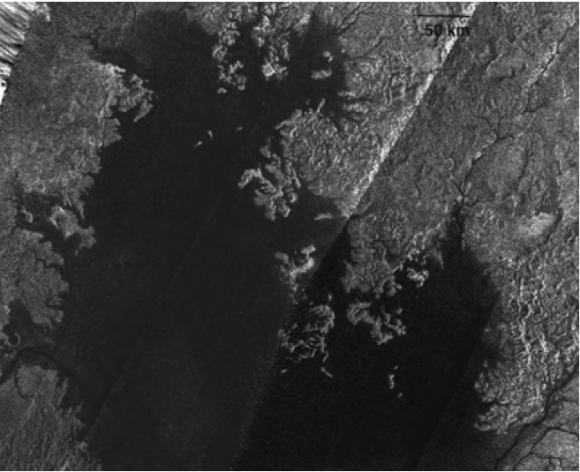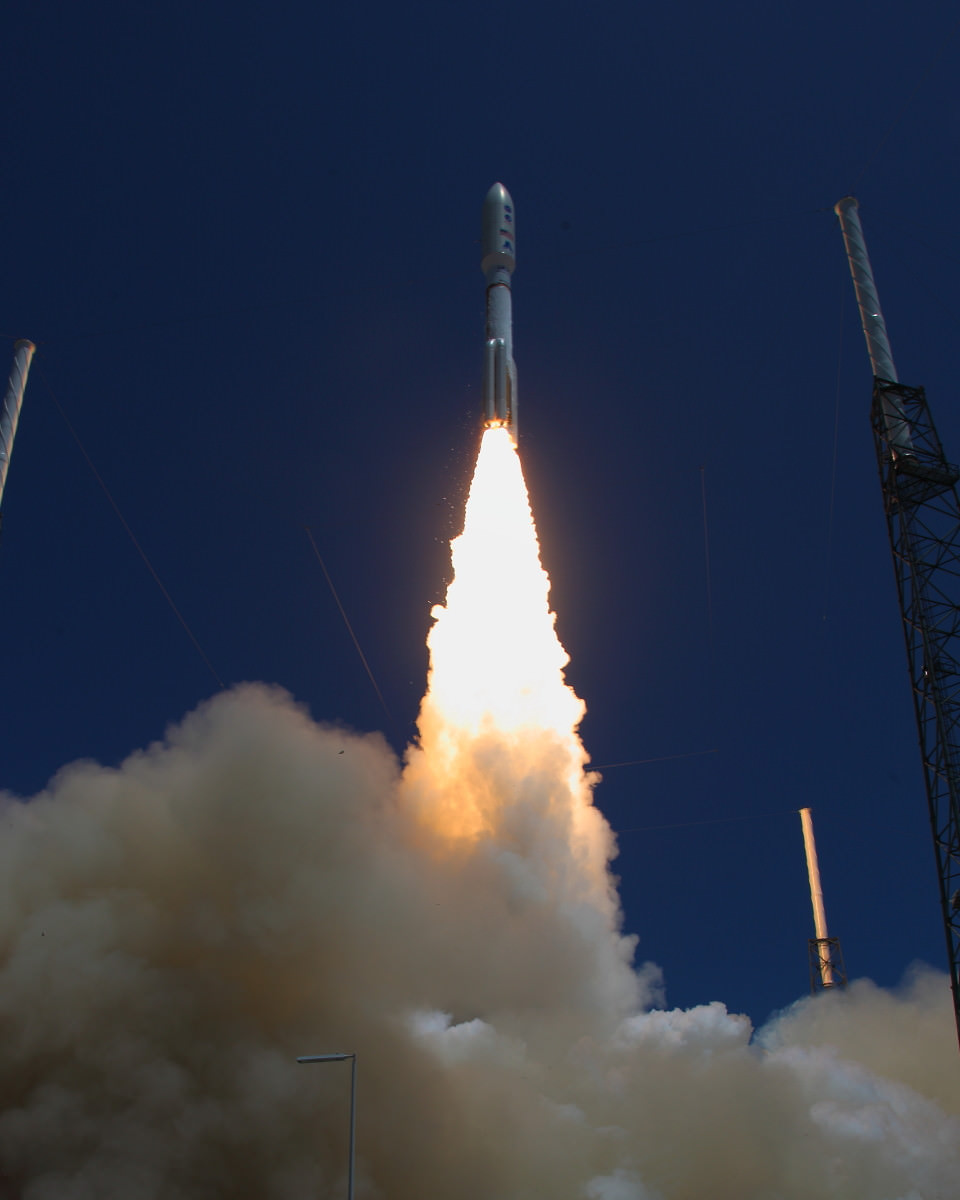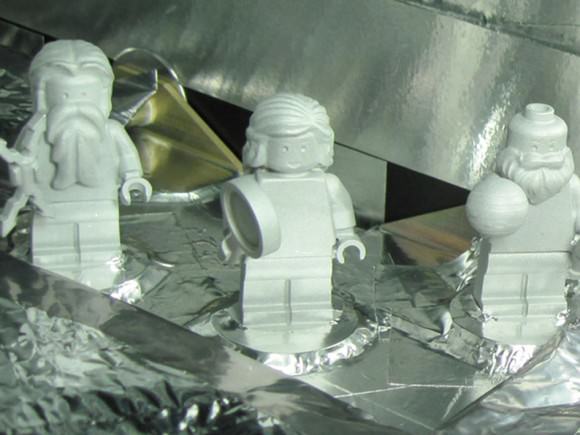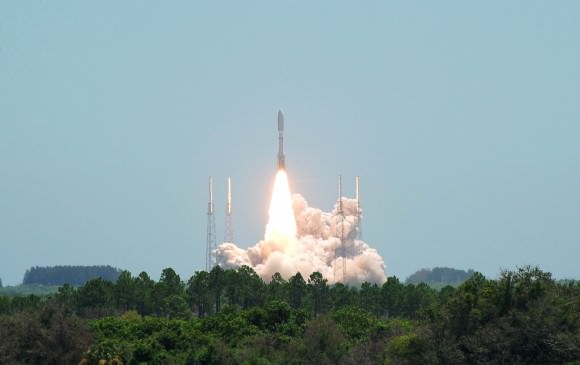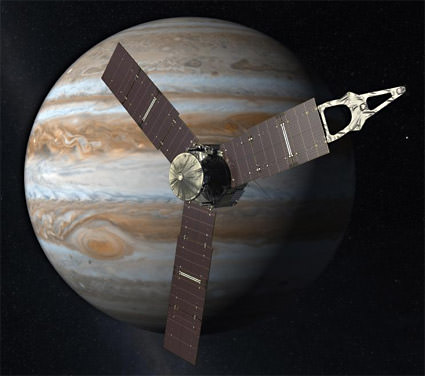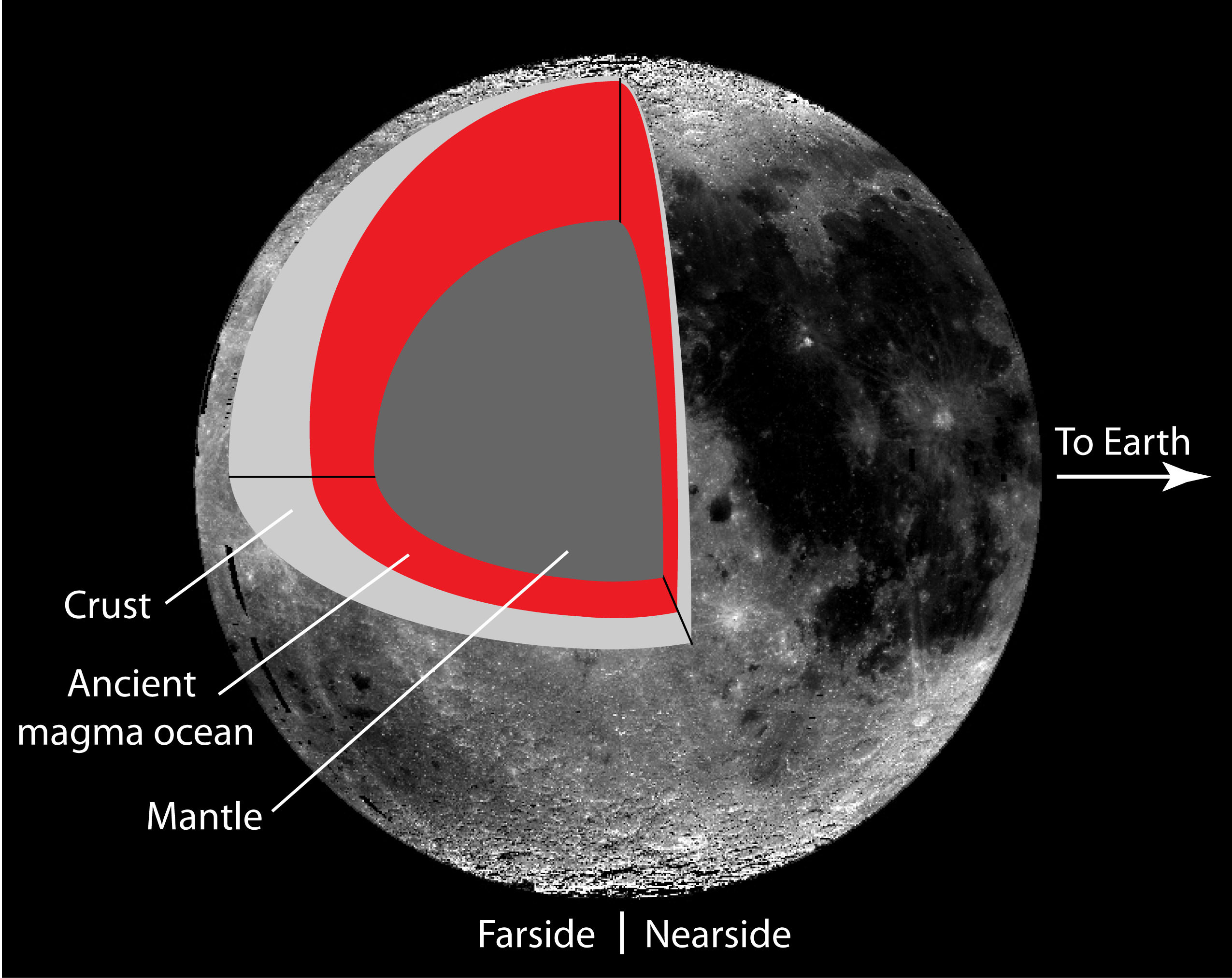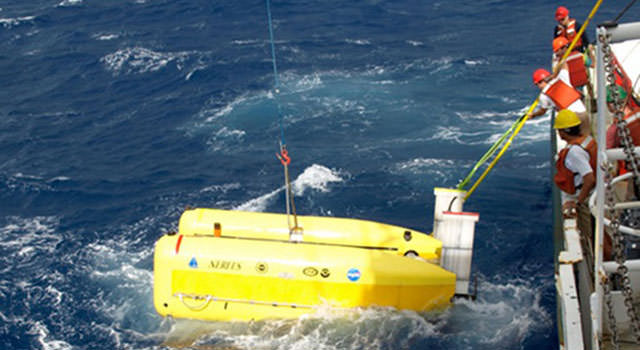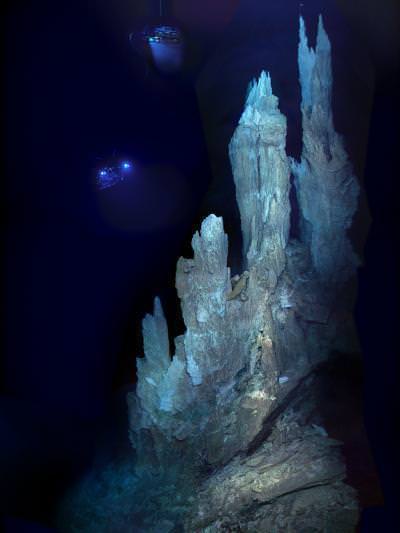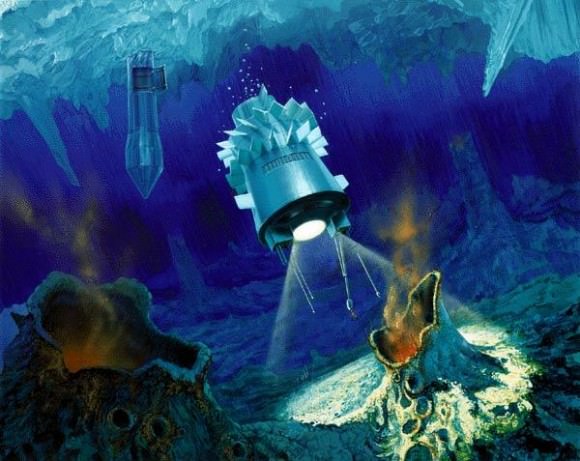[/caption]
Scientists have recently discovered communities of previously unknown species living on the seafloor near Antarctica clustered around hydrothermal vents. This discovery is certainly exciting for biologists, but it’s also important for astrobiologists. It begs the question — if life can thrive in the deep, dark oceans without sunlight, could similar life thrive elsewhere in our solar system or the universe?
For decades, scientists assumed the deep oceans were barren; sunlight can’t reach the ocean floor, making it an impossible environment for life as we know it to arise. But in 1977, oceanographers from the Scripps Institute discovered hydrothermal vents.
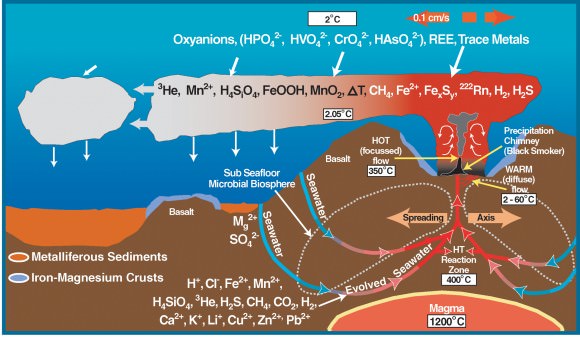
These fissures, found along mid-ocean ridges on the seafloor of the Pacific, Atlantic, and Indian Oceans, create a natural, deep-sea plumbing system. Heat and minerals from the Earth’s interior vents out, providing a complex ecosystem that can reach up to 382 degrees Celsius (almost 720 degrees Fahrenheit). These ecosystems can support unique life forms that get their energy not from the Sun but from breaking down chemicals issued from the vents such as hydrogen sulphide.
The latest life forms, discovered in the Antarctic region by teams from the University of Oxford, University of Southampton and British Antarctic Survey, include a new species of yeti crab, starfish, barnacles, sea anemones, and potentially an octopus.
“These findings are yet more evidence of the precious diversity to be found throughout the world’s oceans,” said Professor Rogers of Oxford University’s Department of Zoology. “Everywhere we look, whether it is in the sunlit coral reefs of tropical waters or these Antarctic vents shrouded in eternal darkness, we find unique ecosystems that we need to understand and protect.”
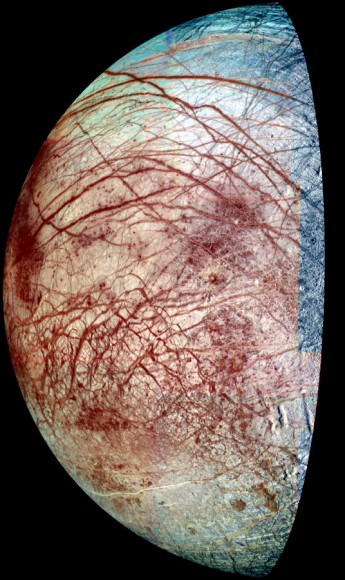
But it isn’t only biologists studying life on Earth that can benefit from this latest discovery. These peculiar environments on and beneath the seafloor could be a model for the origin of life on Earth and on other planets.
One particular target is Jupiter’s moon Europa. Recent research has confirmed that the moon has vast oceans buried beneath its frozen surface ice; it’s estimated to hold twice as much water as Earth. As such, it is a target for NASA in the search for life. It could be the case that some type of hydrothermal vent system exists on Europa, making its distance from the Sun irrelevant for life.
But just because sulfur or methane-based life on Earth can thrive around deep-ocean vents doesn’t mean the same is true on Europa. The presence of hydrothermal vents depends on geologic activity and a hot interior, neither of which has been confirmed. The possibility remains that light energy from the Sun could travel the distance to the moon and provide shallower portions of the subsurface oceans with life-giving light.
In any case, as scientists discover life in the more extreme environments on Earth, analogies are drawn with other worlds. If life is discovered in hostile parts of our planet, the same could theoretically arise in similar environments on other worlds.


